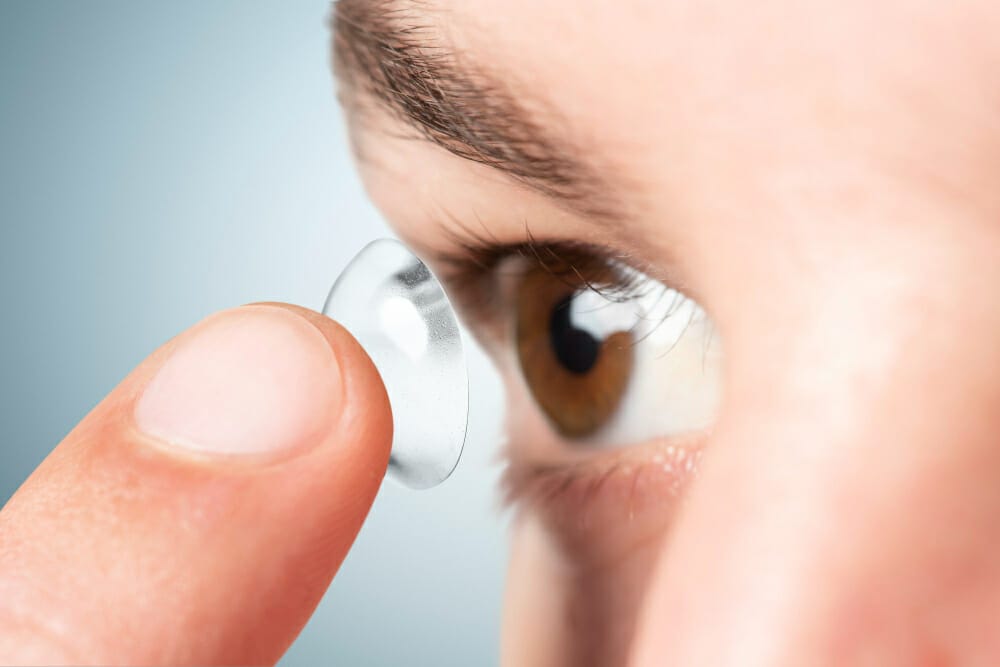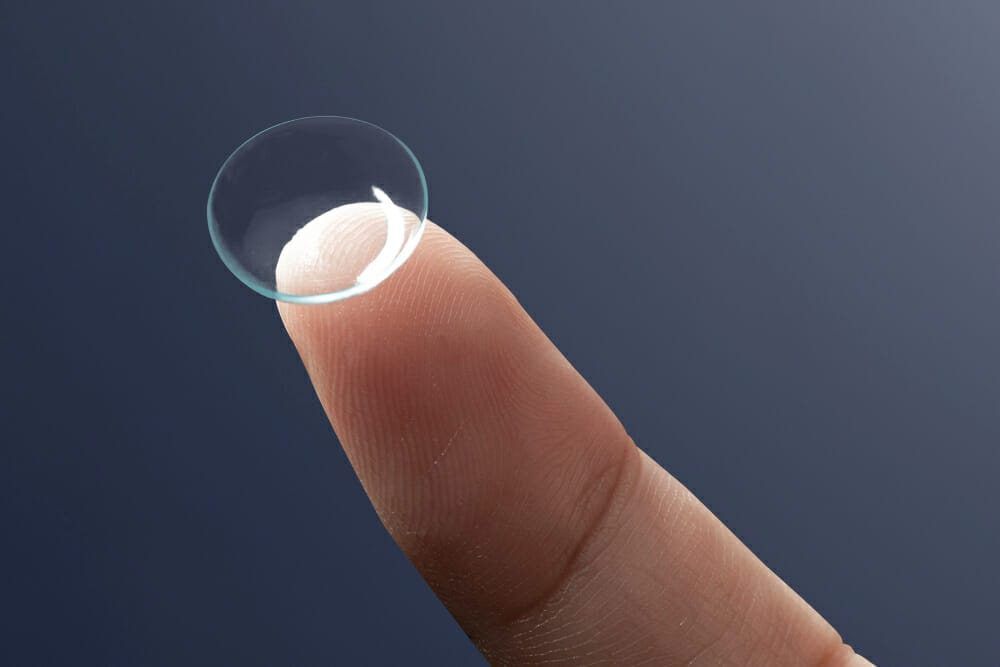Removing Scleral Lenses
Wash Hands
Start by washing your hands thoroughly with soap and water to remove any dirt, oils or other substances that may have come into contact with your hands. This is important because anything on your hands can easily transfer to your eyes and cause irritation or infection.
Find Well-Lit Area
Find a well-lit area, and look straight ahead. This will help you see what you're doing and prevent you from accidentally poking or scratching your eye. If desired, you can position yourself in front of a mirror for better visibility.
Choose Removal Method
Choose the removal method you prefer: either with your fingers or with the aid of a plunger. Both methods are effective and it's up to you which one you find easiest to use.
Wet Plunger Tip (if using plunger)
If you're using a plunger, wet the tip with saline solution. This will help prevent the plunger from sticking to your lens, and also help loosen the lens from your eye. Place the plunger onto the lower third of the lens, making sure it's securely attached.
Remove Lens with Plunger (if using plunger)
Gently press the plunger onto your eye, and then pull up and out to remove the lens. This method uses suction to release the lens from your eye. It's important to be gentle and not to pull too hard, as this can cause discomfort or even damage to your eye.
Remove Lens with Fingers (if using fingers)
If you're using your fingers, place two fingertips on either side of the lens. This will give you good control over the lens and help you avoid accidentally poking or scratching your eye.
Gently break the seal from your eye and remove the lens by lifting it off the eye. This can be done by gently sliding your fingers under the edge of the lens and lifting it up. It's important to be gentle and not to pull too hard, as this can cause discomfort or even damage to your eye.
Be Prepared to Catch Lens
Be ready to catch the lens as it pops out. Scleral lenses are large and can be somewhat difficult to handle, so it's important to have your hands ready to catch the lens as it comes out.
Repeat the process for the other eye if necessary.
Clean and Store Lenses
After removing both lenses, clean and store them as directed by your eye care professional. Proper care and storage of your lenses will help ensure they last a long time and remain comfortable to wear.
















